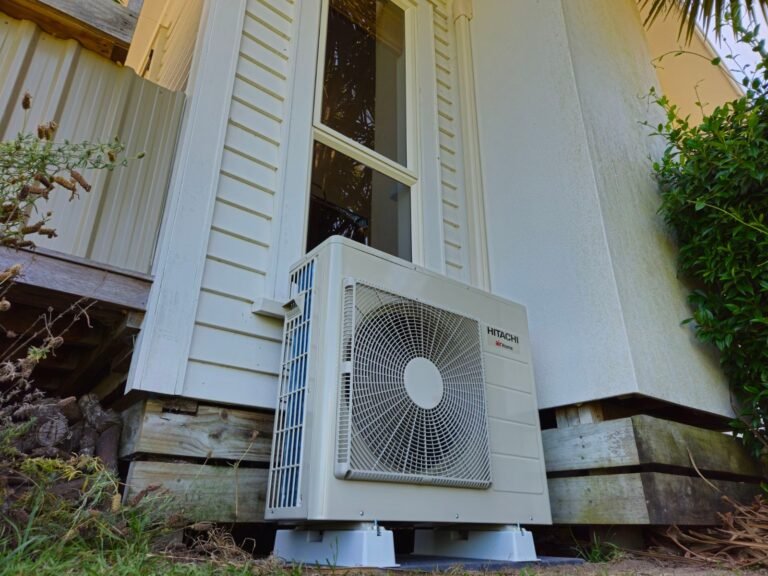Avoiding Mold, Mildew, and Allergies in Waikato Properties by Having Proper Ventilation
As spring arrives in Waikato, it’s time to think about how your home’s ventilation can impact your health and comfort. Proper ventilation is essential for maintaining a healthy indoor environment, especially in rental properties where tenants might have less control over structural improvements. A well-ventilated home can significantly reduce the risk of mould and mildew, as well as help manage indoor allergens that can trigger allergies and asthma.
The Connection Between Ventilation and Allergies
Proper ventilation plays a crucial role in managing indoor air quality, which directly affects allergy symptoms. During spring, pollen levels rise, and without adequate ventilation, these allergens can accumulate indoors, making conditions such as asthma and hay fever worst. Good ventilation helps remove these allergens at home, along with dust mites, from your living space, making it easier to breathe and reducing the chance of allergic reactions.
Moreover, humidity control is another critical aspect of ventilation. High humidity levels create an ideal environment for dust mites and mold to thrive, both of which are common allergens. By ensuring your home is well-ventilated, you can keep humidity at bay, thereby reducing the risk of allergy flare-ups.
Preventing Mould and Mildew in Your Home or Rental Properties
Mold and mildew are not just unsightly; they pose significant health risks, particularly for individuals with allergies or respiratory conditions. In rental properties, tenants might notice issues like condensation on windows, musty odors, or visible mold growth—all signs of poor ventilation. If left unsolved, these problems can lead to severe mold infestations, which release spores into the air that can trigger allergic reactions, including sneezing, coughing, and even skin rashes.
Mold does not only pose health risks, but it also significantly affects your propertys’ structure. Moisture trapped within the structure can result in long term corrosion on metal structures, timber rot and cladding rot, which will result to costly building repairs.
To prevent mold and mildew, ventilation improvements should be prioritised. Here are some practical tips that you can include in your home or investment:
Install Exhaust Fans: Ensure that all wet areas, such as bathrooms and kitchens, are equipped with functioning exhaust fans to remove damp air.
Use Dehumidifiers: In high-humidity areas like basements, a dehumidifier can help keep moisture levels in check, reducing the chances of mold growth.
Regularly Inspect for Leaks: Water leaks are a common source of indoor moisture, which can lead to mold. Regular inspections and prompt repairs can prevent these issues from escalating.
Encourage Air Circulation: Simple actions like opening windows regularly, especially after cooking or showering, can help keep the air fresh from circulating and reduce moisture build-up
Benefits for Home Owners and Tenants
Ensuring properties are well-ventilated not only preserves the property’s value by preventing mould damage but also creates a healthier living environment for your tenants. This can lead to higher tenant satisfaction and lower turnover rates. Tenants benefit from fewer health issues, a more comfortable living space, and reduced allergy symptoms, making proper ventilation a win-win for all parties involved.
Book now for a FREE Consultation
We recommend investing in a SmartVent Ventilation System or Extractor Fans to protect your home or investment. Have more questions? Fill out the form below and speak with us.






The team were very professional and respectful throughout all my interactions. Their work was completed in a timely manner and to a high standard.
100% recommend Paul, Kristine and the Superheat team!!





